High in the Andes Mountains, Argentina’s glaciers are battling a relentless foe: climate change. These majestic ice formations are not merely repositories of ancient snow but also vital indicators of the environmental health of our planet. As they recede, they tell a story not just of melting ice but of the pressing challenges faced by ecosystems and communities alike in the Southern Hemisphere. This article delves into why Argentina’s glaciers are disappearing and what their retreat reveals about the broader climate change phenomena affecting the globe today.
The Significance of Glaciers in Argentina
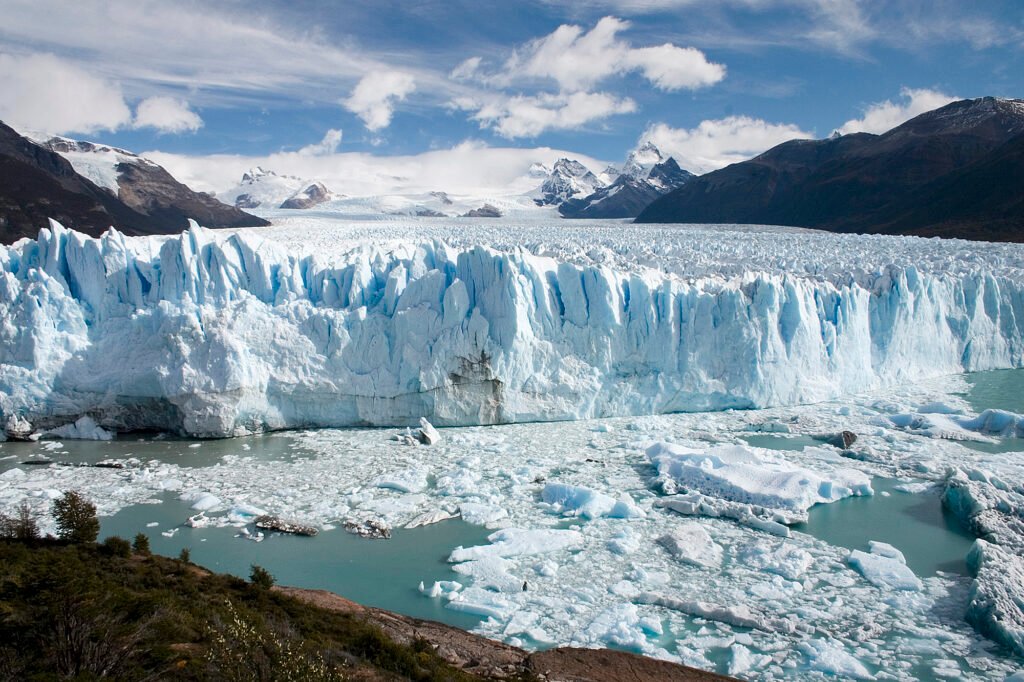
Glaciers, massive and ancient rivers of ice, play a crucial role in Argentina’s landscape and environment. They are crucial water sources, feeding rivers and lakes that provide freshwater for millions. Furthermore, they support delicate ecosystems and are contributors to the regional climate, influencing weather patterns and temperatures. The Argentine Patagonia, rich with iconic ice fields, hosts some of the largest and most significant glaciers in the Southern Hemisphere.
Scientific Indicators of Climate Change
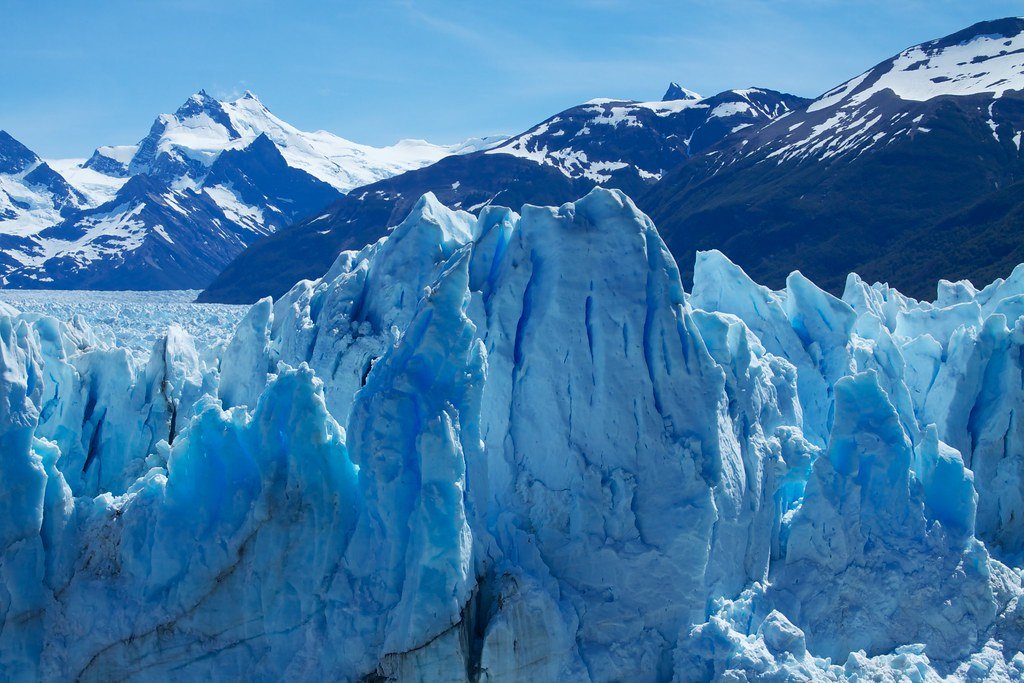
Glaciers serve as tangible climate records, offering invaluable insights into historical and present climate conditions. Unlike other climate indicators, glaciers visually and physically manifest the effects of warming temperatures. As they retreat, scientists gain concrete data on the pace and scale of climate change, translating these observations into broader global climate models that predict future environmental shifts.
Patterns of Glacier Retreat
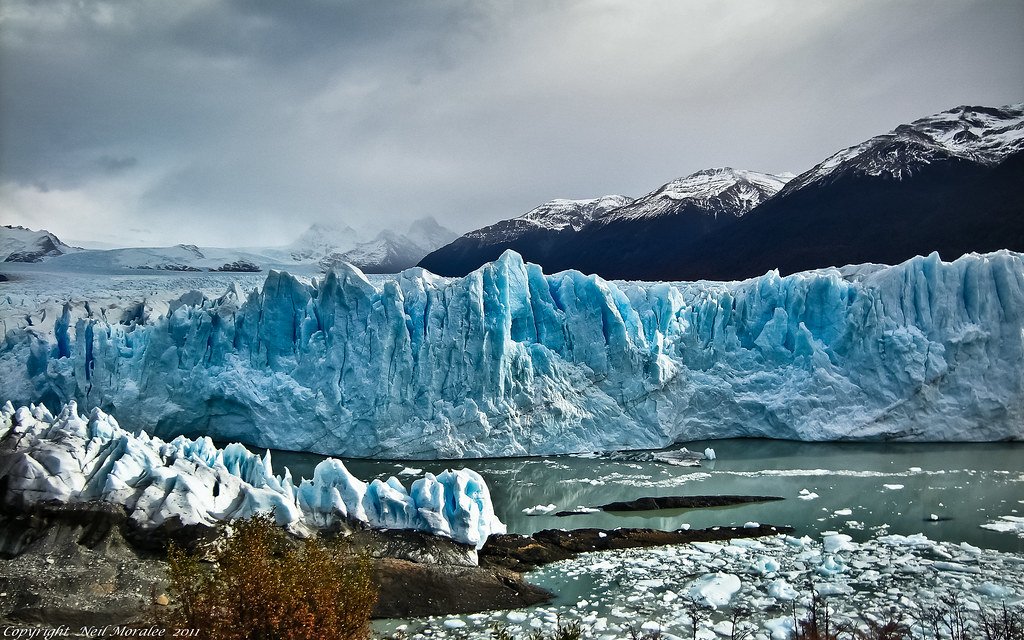
The recession patterns of Argentina’s glaciers are stark evidence of increasing global temperatures. In the last few decades, these glaciers have experienced accelerated melting, resulting in significant loss of ice mass. Notably, the Upsala Glacier, one of the largest in South America, has withdrawn sharply, shrinking by several kilometers. This trend of glacier shrinkage aligns with global patterns observed from the Himalayas to the Alps.
The Role of Rising Temperatures
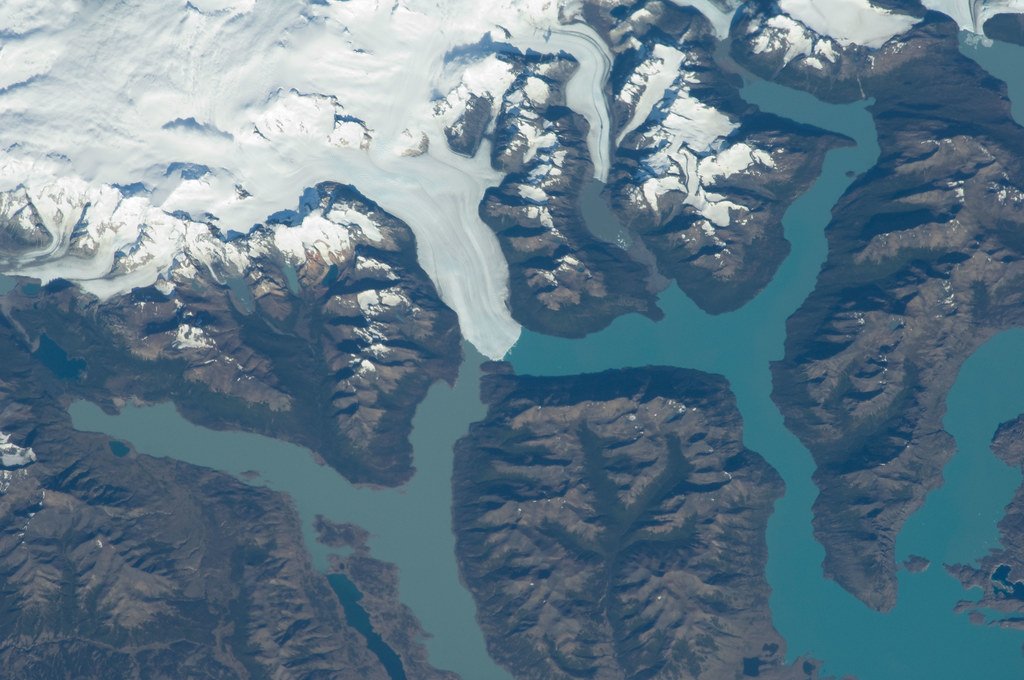
One of the primary drivers of glacier melting in Argentina is the rise in global and regional temperatures. As the average temperatures increase, the balance between ice accumulation from snowfall and ice loss due to melting tilts, causing glaciers to shrink. This warming also affects seasonal snow patterns, leading to reduced snowfall and further exacerbating glacier retreat.
The Impact of Precipitation Changes
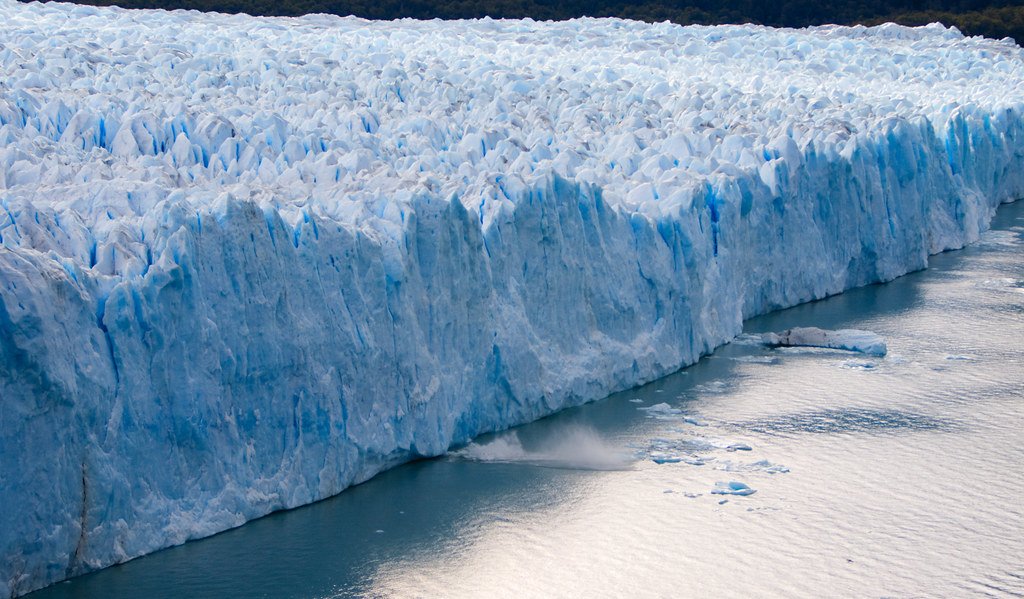
Changes in precipitation patterns significantly influence glacier health. In regions where snowfall is becoming less reliable, glaciers struggle to replenish the ice they lose during warmer seasons. Argentina’s climate has experienced shifts in precipitation, with some areas receiving less snow, further contributing to the glaciers’ diminished state.
Impacts on Water Resources
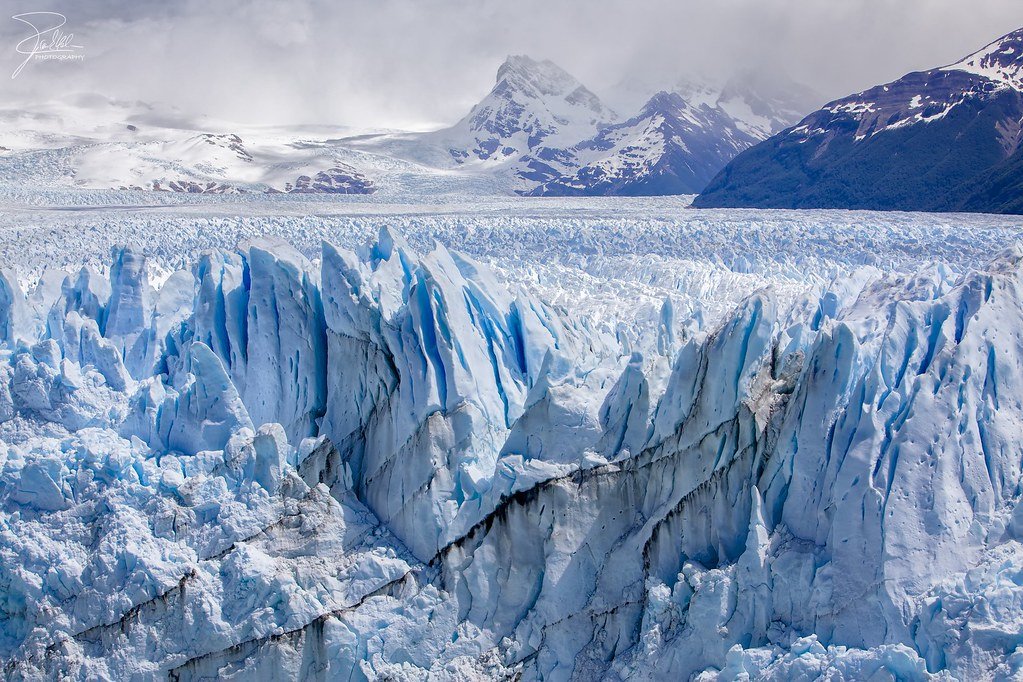
As glaciers dwindle, the availability and reliability of freshwater resources are threatened. During the dry season, glacial meltwater is essential for maintaining river flows and reservoirs. With less ice, the sustainability of freshwater availability faces uncertainty, impacting agricultural irrigation, hydropower generation, and drinking water supply for communities.
Consequences for Biodiversity
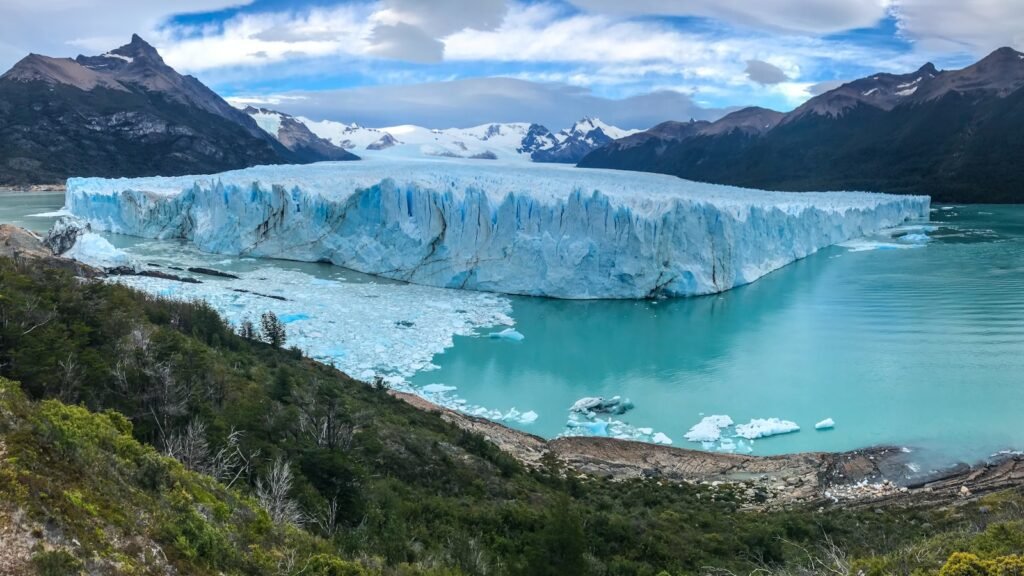
Glaciers are crucial for preserving biodiversity, particularly in the unique ecosystems surrounding them. These ecosystems harbor specialized flora and fauna that depend on the cold, stable environment glaciers create. As glaciers recede, these habitats face significant disruptions, putting species at risk of decline or extinction.
The Role in Sea-Level Rise
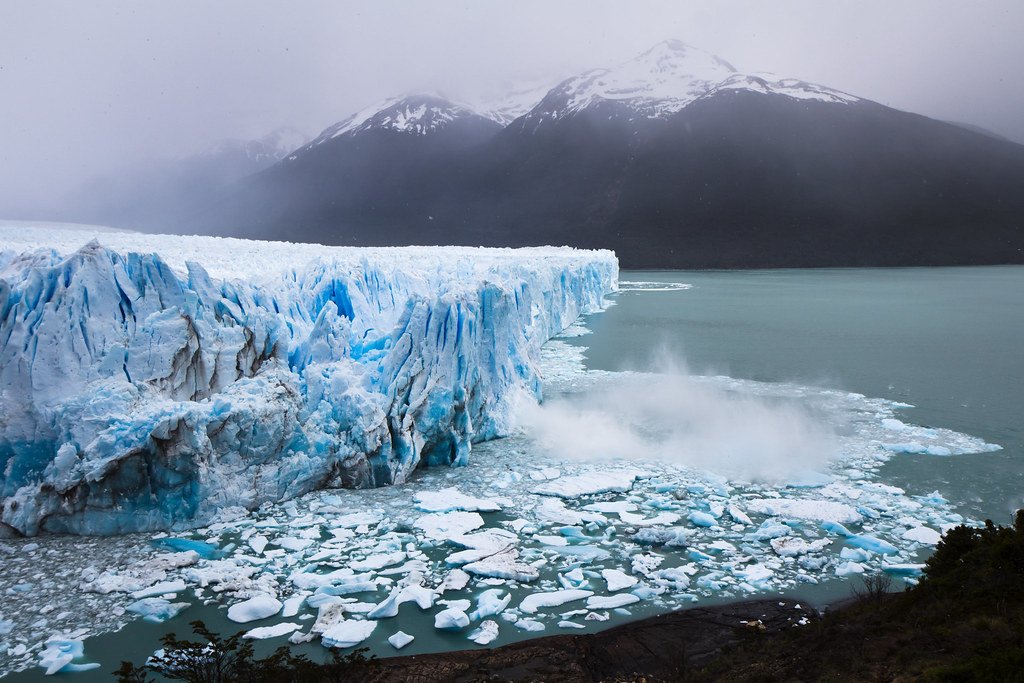
Melting glaciers contribute to rising global sea levels, posing challenges even beyond Argentina. As glaciers lose mass, the resultant meltwater enters the ocean, contributing to sea-level rise that threatens coastal communities worldwide. Argentina’s glaciers, although a smaller component compared to polar ice sheets, still play a role in this global issue.
Economic Implications for Tourism
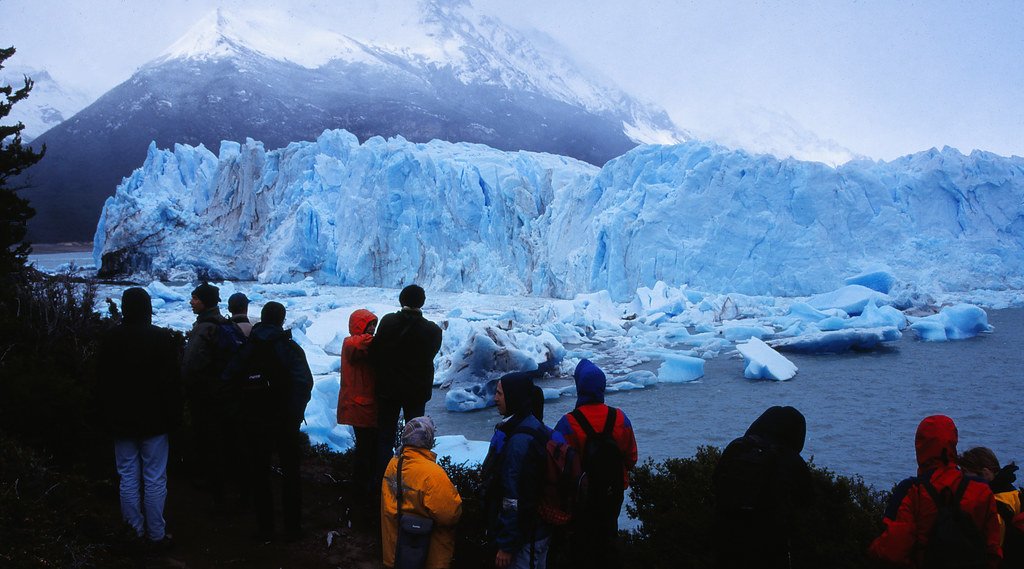
The dramatic landscapes of Argentina’s glaciers are a significant draw for tourists, contributing to the local economy. However, as glaciers recede, the allure they held diminishes, possibly affecting tourism-driven economies. Emerging scenic changes may require adaptation strategies to sustain visitor interest and engagement.
Adaptation Strategies and Solutions
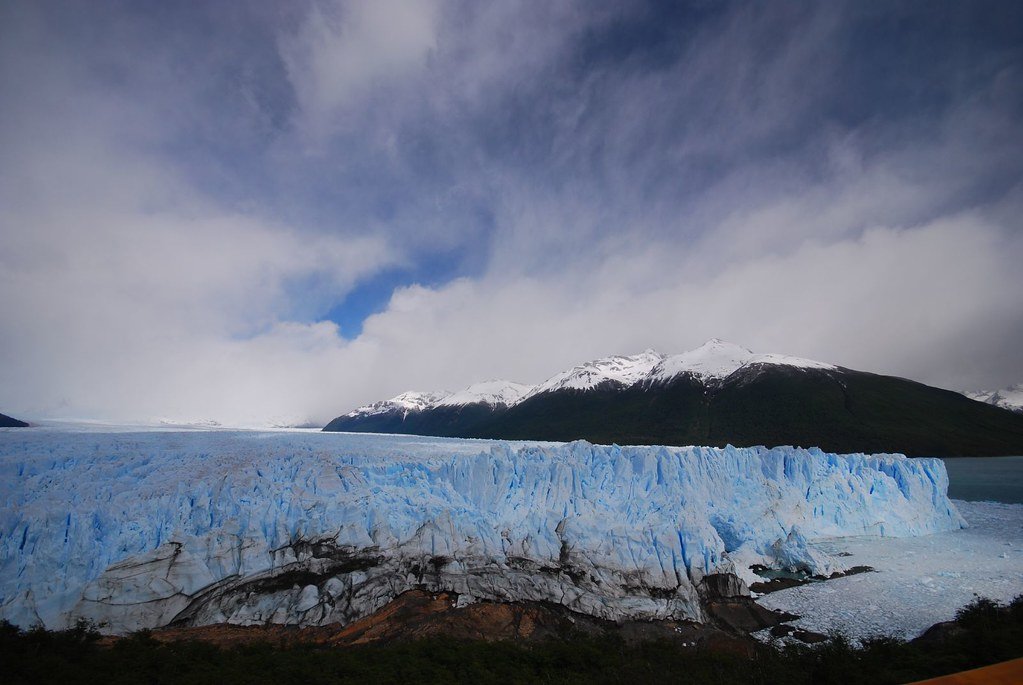
Addressing the challenges posed by melting glaciers demands multifaceted adaptation strategies. Regions dependent on glacial water resources are exploring conservation measures, efficient water usage technologies, and alternative water sources. In the sphere of biodiversity, protecting surrounding habitats is key to mitigating the ecological impacts of glacier retreat.
Community Resilience and Education
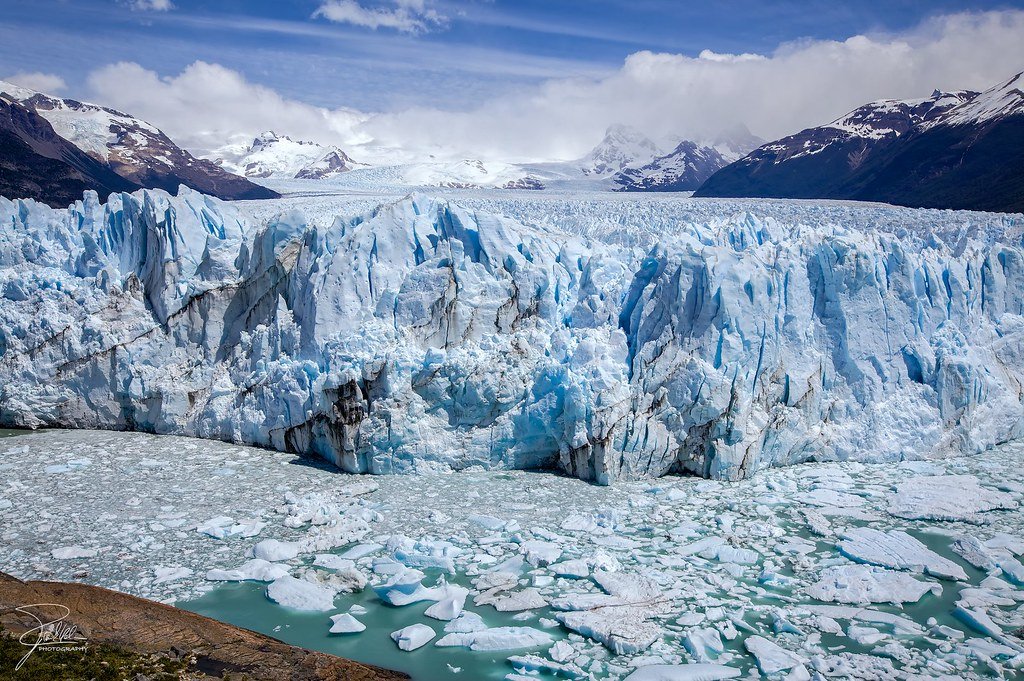
Local communities are at the heart of adaption and resilience efforts. Educating these communities about climate change impacts and involving them in conservation initiatives creates a grounded response to the glacier crisis. Community resilience is fortified through awareness and active participation in mitigation and adaptation strategies.
International Cooperation and Research
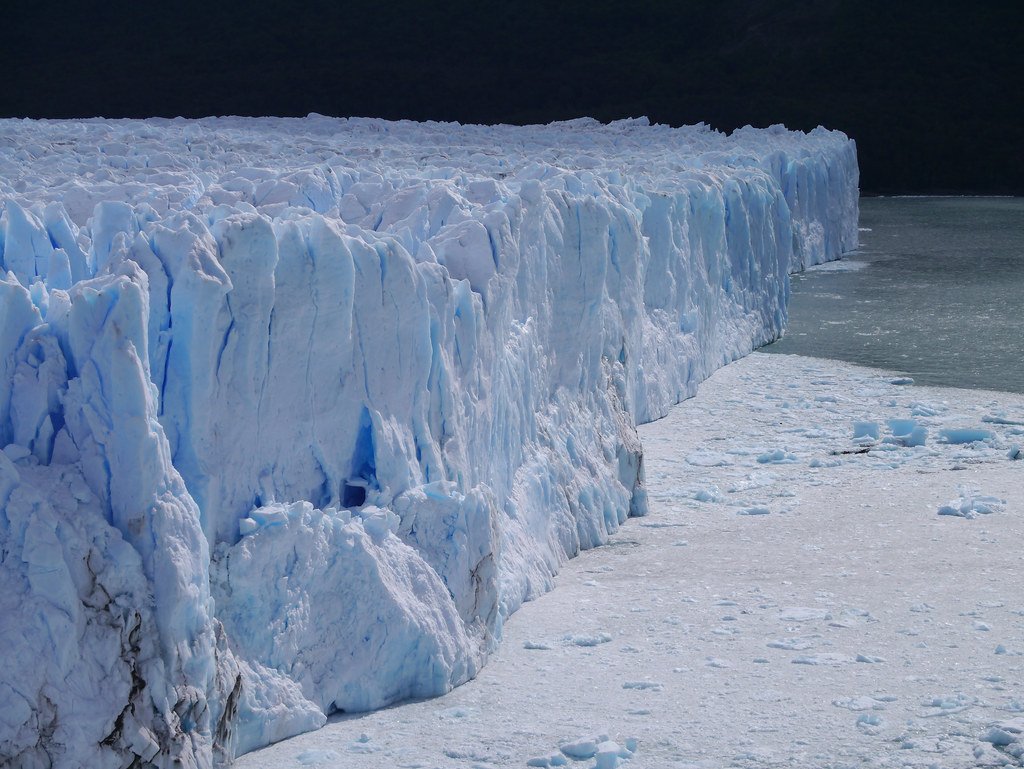
Addressing the complexities of climate change and glacier melting benefits from international cooperation. Collaborative research and shared knowledge enhance understanding and provide a robust framework for developing effective global responses. Argentina’s glaciers, as a part of the global climate ecosystem, benefit from such synergies in research efforts.
Conclusion
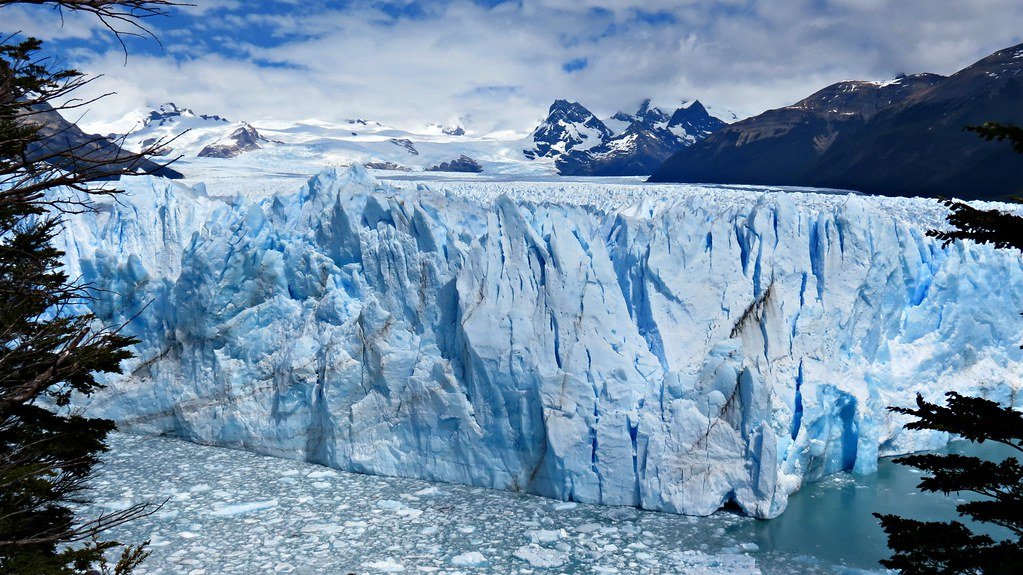
Argentina’s vanishing glaciers are silent sentinels, warning of the larger climate challenges the planet faces. As tangible barometers of climate change, their retreat underscores the urgency of addressing global warming and its vast array of effects. Understanding these changes is crucial for developing adaptive strategies that can help mitigate impacts on ecosystems and human societies. Ultimately, the story of Argentina’s glaciers is a call for action – a reminder of the shared responsibility to protect the planet for future generations.




